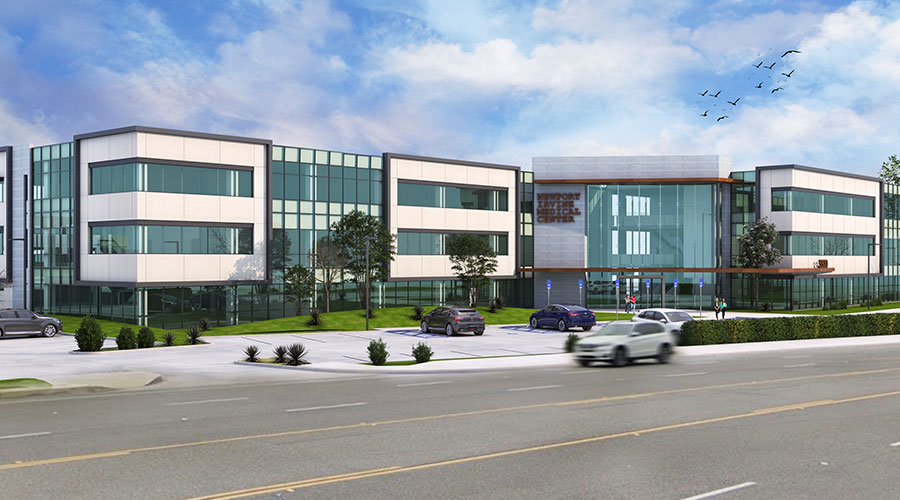The American Society of Civil Engineers’ (ASCE) recently updated ASCE/SEI 7-22 Minimum Design Loads and Associated Criterial for Building and Other Structures. This national standard is its most widely used standard and is an integral part of building codes for hospitals and other healthcare facilities, as well as other institutional and commercial facilities. Structural engineers, architects, and those engaged in preparing and administering local building codes will find the 2022 edition of the structural load requirements essential.
The 2022 edition of ASCE 7, which supersedes ASCE/SEI 7-16, provides the most up-to-date and coordinated loading provisions for general structural design. Informed by past events including Hurricane Michael in 2018 and the Joplin Tornado in 2011, this standard prescribes design loads for all hazards including soil, flood, tsunami, snow, rain, atmospheric ice, seismic, wind, and fire, as well as how to evaluate load combinations. ASCE/SEI 7-22 is different from past versions because, for the first time, the digital data is available via open access from the ASCE 7 Hazard Tool so that anyone can view the hazards that are relevant to their local community.
Environmental hazards used for building design were all updated, specifically including new wind speeds along the hurricane coastline, improved tsunami run up for highly populated west coast locations, increased accuracy of seismic design criteria, new national snow design data, risk specific atmospheric ice criteria, and a completely new chapter for tornado loads. In addition, ASCE 7-22 modernizes design requirements for cutting edge mass timber systems and composite concrete and steel systems, as well as for big box stores/warehouses, ground mounted solar facilities, and elevated buildings.
“Civil engineers are responsible for the design of the buildings and structures we work, live, and play in every day, and we must ensure those structures are safe for the public,” says Tom Smith, ASCE's executive director. “With weather hazards becoming more extreme, this updated standard is essential to improve the resilience of our communities.”

 States Move Forward to Better Protect Senior Citizens
States Move Forward to Better Protect Senior Citizens Archer and REDA to Transform Newport Beach Building into Outpatient Center
Archer and REDA to Transform Newport Beach Building into Outpatient Center Sunflower Medical Group Facing Lawsuit Following January Data Breach
Sunflower Medical Group Facing Lawsuit Following January Data Breach Nemours Children's Health Opens New Location in Lake Nona
Nemours Children's Health Opens New Location in Lake Nona Enhancing Safety at Hennepin Healthcare with a Screening System
Enhancing Safety at Hennepin Healthcare with a Screening System